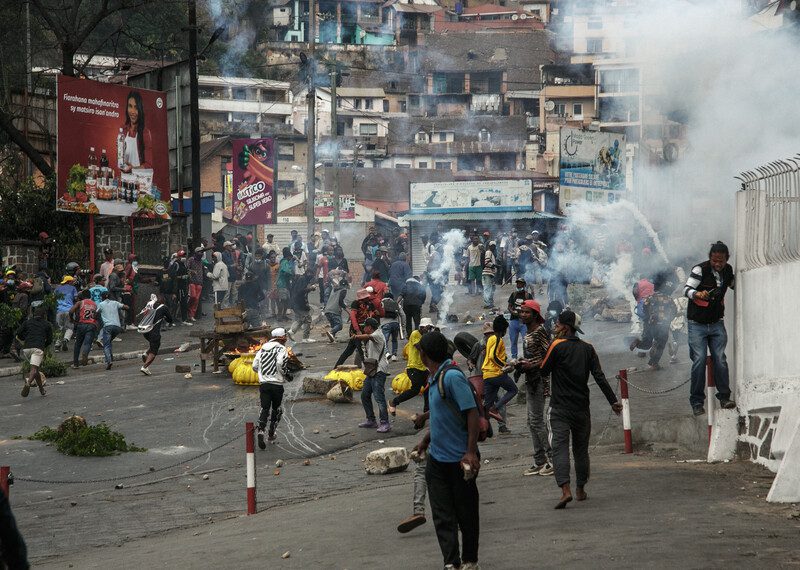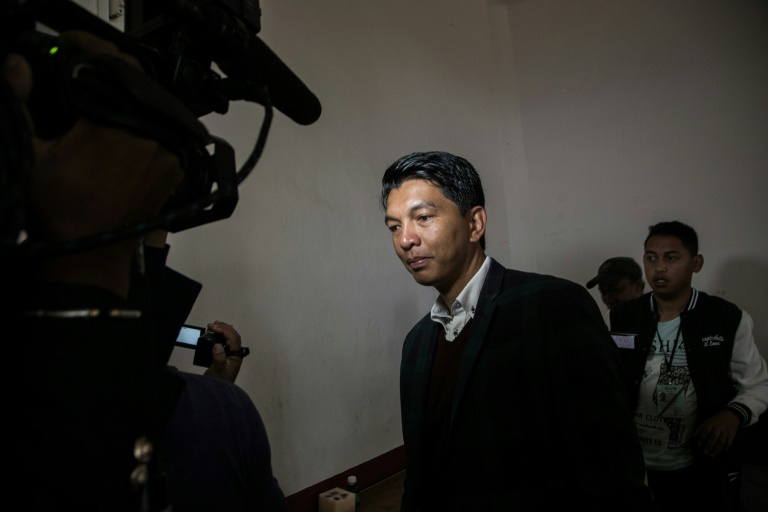
Protests in Madagascar’s capital, Antananarivo, came to a halt after demonstrators in the region decided to catch a break.
- Protests in Madagascar’s capital, Antananarivo, temporarily paused for 24 hours as a strategic move by demonstrators.
- Youth-led movement Gen Z Madagascar announced the suspension, emphasizing plans to return stronger.
- The demonstrations have significantly impacted the political landscape, including the dissolution of the national government.
- Protests initially addressed water and electricity shortages, evolving into calls for extensive political reforms.
While protests in other parts of the island country are still ongoing, protests in Antananarivo are scheduled for a 24-hour cessation.
DON’T MISS THIS: Morocco reels from deadly protests as its Gen-Zs push against the government
Those in the capital expressed reservations about the strength and well-being of the demonstrators, as seen on Reuters.
“This is not a retreat but a strategy: we will come back together more united, stronger,” Gen Z Madagascar, the protest movement’s main leadership, said in a Facebook post, announcing the temporary suspension of protests in Antananarivo.
While the youth-led movement has resulted in significant changes, particularly the dissolution of the country’s current administration, the protesters have noted that they would only stop once the president, Andry Rajoelina, steps down.
Madagascar dissolves its government
President Andry Rajoelina, on Monday, dissolved his cabinet in Madagascar after a wave of large-scale protests over ongoing water and electricity shortages shook the country for nearly a week.

The decision was made, days after civil unrest erupted, with protests that were primarily triggered by disgruntled teenagers demanding both basic amenities and extensive political reforms.
Gen Z-led demonstrations in Kenya last year and Nepal this year served as inspiration for the protests, which followed recurring themes of youth calling for improved government.
The president of Madagascar “terminated the functions of the prime minister and the government,” and before the formation of a new government, applications for a new premier would be accepted.
He attempted to copy Kenya’s strategy last week, which involved removing a number of officials and offices in order to safeguard the president’s office.
After concluding that the energy minister was unable to carry out his duties, he announced his dismissal; however, demonstrators demanded that the president and the other members of his government also resign.
The protests, which saw many young people chanting “We want to live, not survive,” finally forced the president of the country to cave in, agreeing to take down the very government he is heading.












